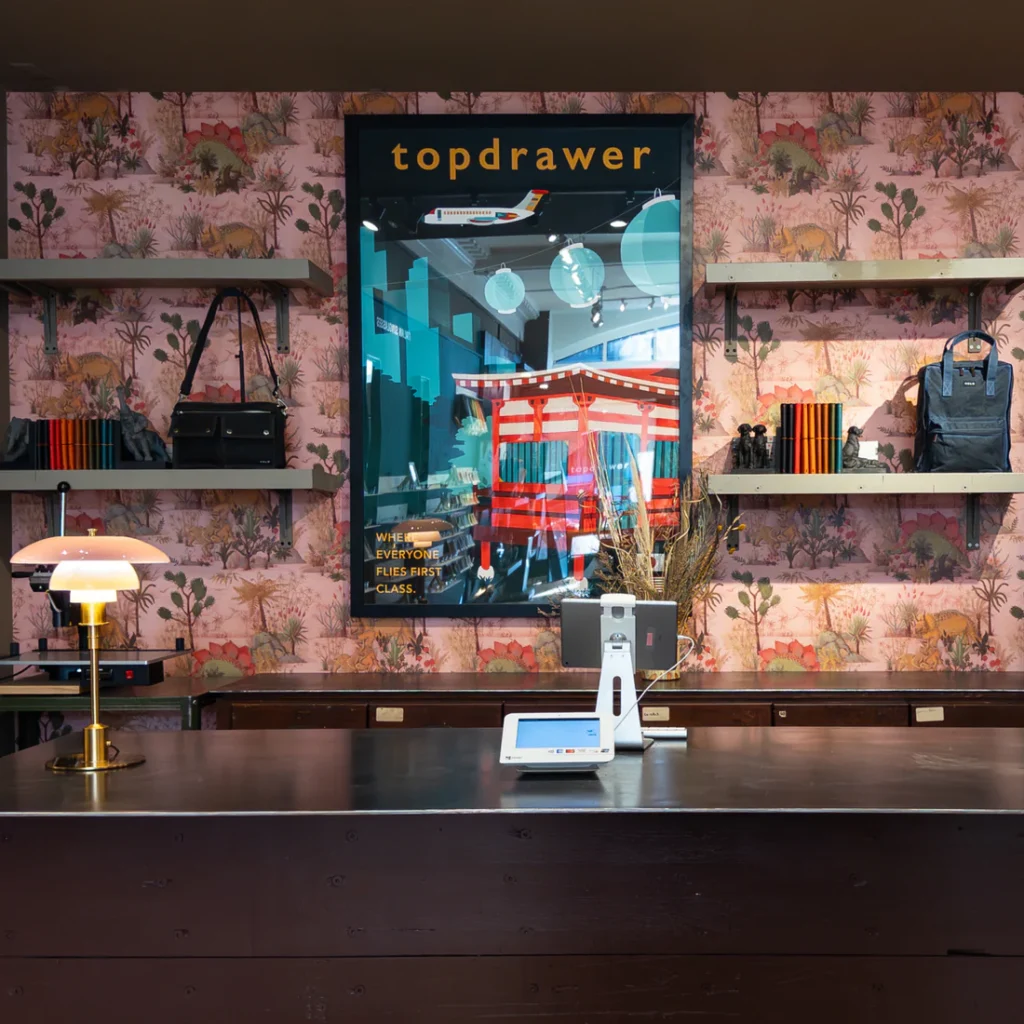Topdrawer’s top marketer talks tariffs, physical stores and the Wirecutter.
When marketers have to choose between driving conversion and building brand awareness, Topdrawer’s Poonam Chitnis says affiliates can hit both goals.
Chitnis is vice president of operations and marketing executive at Topdrawer, a manufacturer and seller of leather goods, accessories and other “creative tools.” Akira Ito co-founded Topdrawer, and also is the founder of Japanese stationery brand Itoya.
After Wirecutter featured Topdrawer’s slippers — which it calls house shoes — in an article, the brand experienced firsthand both the immediate and long-term sales bump a reputable article can have. Wirecutter is a product review website owned by The New York Times.
“Initially, there was a tremendous lift in traffic,” Chitnis said. “Almost 10-times for that day compared with normal, and it lasted for four or five days. That absolutely translated into sales. We had 8-times more than what a normal day would look like.”
And that was when the article first published. While it doesn’t carry as much weight going forward, the editor repurposed part of the article in other pieces, which generated more word-of-mouth marketing, more links, more traffic and sales. Those links to its website still exist and continue to drive traffic and brand awareness for Topdrawer. Years later, the brand still receives calls to its customer service center based off of those articles.
“The long-term value is way more meaningful,” Chitnis said. “We don’t just want visibility. We want something that resonates.”
The value of affiliates at Topdrawer
The article was a surprised for Topdrawer, as the editor found the brand’s products on her own. At the time, the brand was looking into hiring affiliates, such as bloggers and product reviewers, but it was not in talks with Wirecutter yet. That initial article established the relationship, and now Topdrawer regularly sends products to the company in hopes of Wirecutter featuring the brand again. It has never paid for this placement, although it has for other affiliates and influencers.
Chitnis estimates about 20% of Topdrawer’s marketing resources go to media, public relations and affiliates. These initiatives are important to build the brand, authenticity and street credibility.
“When a publication tells a story, it anchors us deeper in the culture,” she said. “That coverage becomes part of our ecosystem. A great storytelling, that lasts forever. It becomes how people remember and trust us.”
The bump in sales after the Wirecutter articles also confirmed that its audience had a substantial overlap with The New York Times. Topdrawer knew it shipped a lot of its online orders to New York, but now it had another data point that a store in New York City would make sense.
Physical stores can drive loyalty
It has since opened a store in New York and the brand now operates 16 physical stores.
Currently, a loyal customer purchases at Topdrawer about three times a year. About 35%-40% of sales are from repeat customers. Topdrawer wants to see that number increase to a 70% repeat rate, Chitnis said.
Stores are a key piece on how Topdrawer aims to increase its loyalty, with workshops and collaborations with artisans. It has about 500,000 shoppers in its loyalty program. It aims to drive more shoppers to the stores by allowing them to make appointments to shop before or after hours.
Stores are a valuable touchpoint for Topdrawer as they are a “living, breathing expression of our brand,” Chitnis said. It makes an effort to connect with shoppers in the store, to help them discover products and take a pause out of their lives.
“[Stores are] definitely used as marketing tools, more of a form of a creative experience opposed to just selling stuff,” she said.
The impact of tariffs at Topdrawer
Topdrawer, which sources raw materials for its products from Japan, Europe and other countries, has been impact by the increased tariffs. Its costs have increased and so it has increased its prices on some of its products.
“Tariffs, they are a part of reality of building a global brand today,” Chitnis said. “Instead of chasing the lowest cost workaround, we chose to see it as a design constraint and opportunity to go deeper into what we stand for.”
The brand emailed its customers in its loyalty program explaining why the brand has increased their prices.
“While we’ve done everything we can to absorb the impact, some of our prices may reflect these changes going forward,” Topdrawer told customers in its email. “At Topdrawer, we remain committed to offering thoughtfully made products, designed with care and built to last. We are actively working with our partners to minimize cost increases without compromising on quality, sustainability, or design.”
Fortunately, its shoppers seem to be understanding about the increases and it has not impacted revenue, Chitnis said.

 Network
Network

